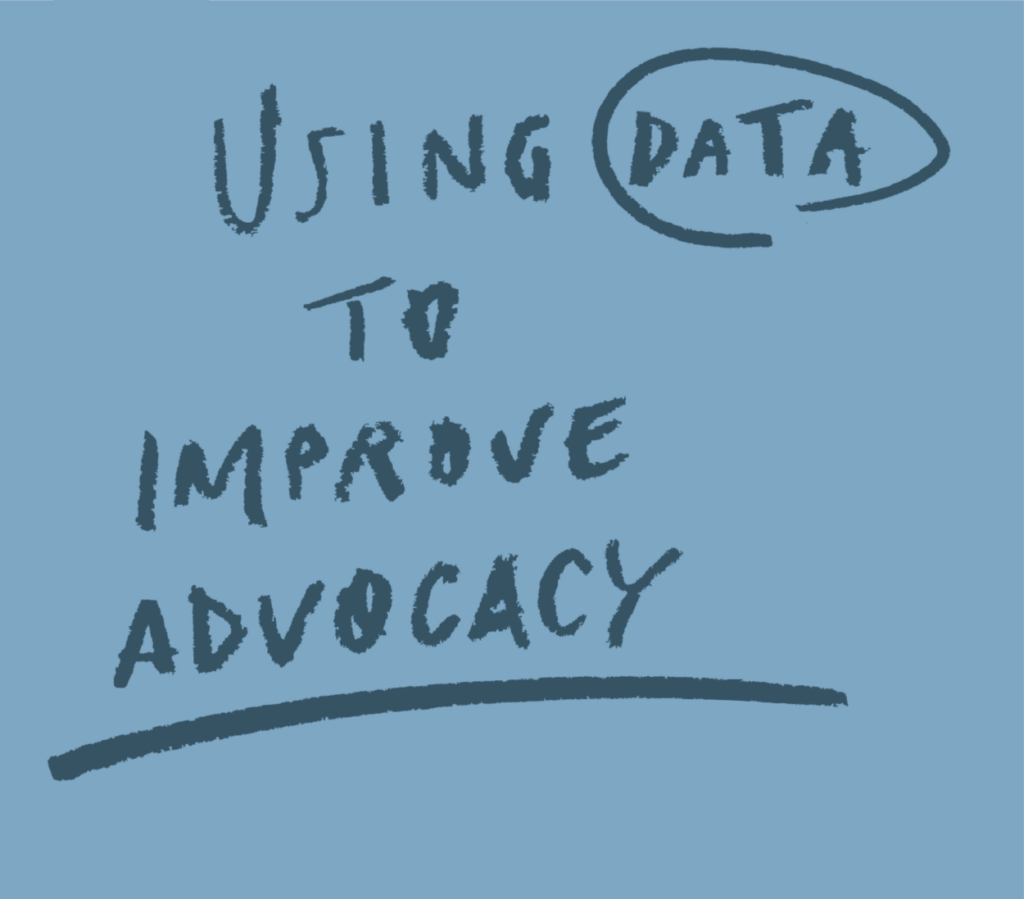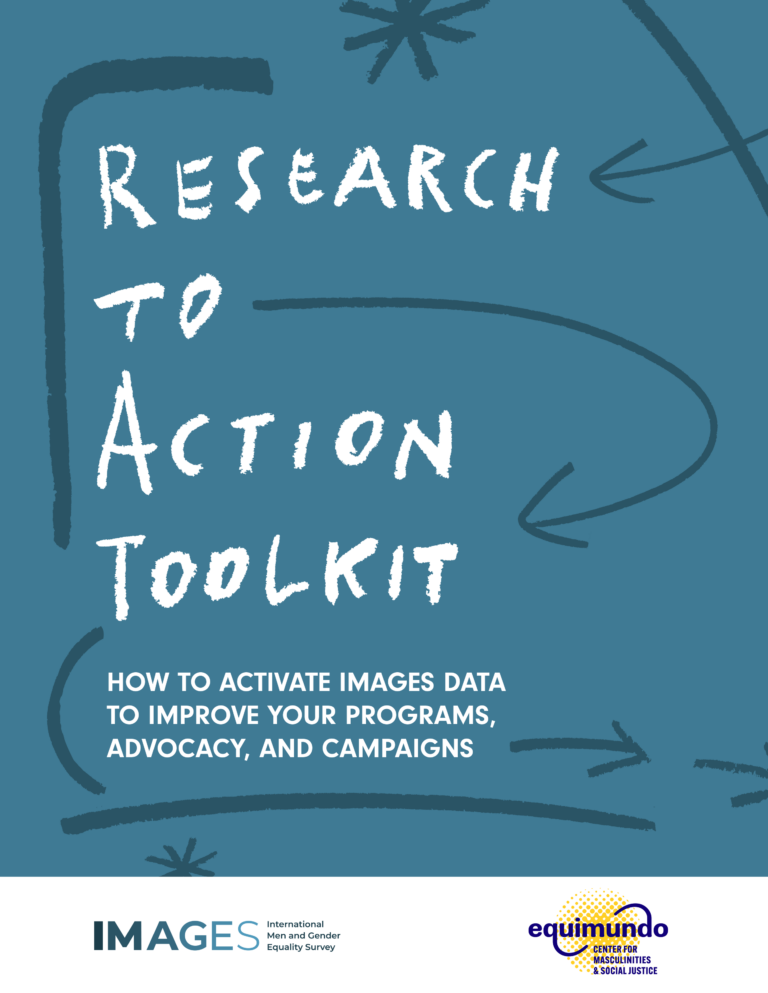Advocacy is important for achieving policy or legal changes in our communities – it shines light on invisible concerns, advances or moves forward concerns by individuals and organizations, and helps push for progress on the issues most important to a society.
But advocacy can be hard to do. Connecting with members of parliament, ministers, lawmakers, heads of state, or other dignitaries or duty-bearers through language that is clear, precise, and straightforward takes strategy and time.
From our years of talking with policymakers, we know that there’s one thing for sure that moves them to action: data. Below, we’re sharing five points on using data for advocacy to advance gender equality and improve the lives of women, girls, and people of all gender identities – with insights drawn from our experience of doing IMAGES. If you’ve ever conducted an IMAGES study, or work with gender data, consider incorporating these lessons in your advocacy.
- Use data to uplift, inspire, focus, and advance the movement for gender equality, violence prevention, care equality, and public health. Because IMAGES results (and other gender data) can highlight negative attitudes and behaviors around gender and gender equality, one of the core considerations of IMAGES data use is to find the balance between highlighting social ills and injustices on the one hand, while on the other hand, keeping a strong pro-equality analytical voice and a principled, aspirational tone. IMAGES has a unique focus on masculinities and includes men’s survey responses on topics often only asked of women. As such, one important way to keep an aspirational tone is to highlight the cases where surprising, significant, or majority proportions of male respondents show positive intentions or attitudes in support of gender equality. These and other responses can point toward possible entry points for pro-feminist modes of engaging men and boys for gender equality.
- Draw upon the support for various policies that is expressed in the survey responses. Build on the positive! One of the most convincing approaches to building momentum for new legislation or significant policy shifts is to show lawmakers that there is already broad support for some policy ideas to promote equality. The idea of focusing on the positive is not to diminish the serious issues we face as a movement for equality. It’s just a matter of determining which kinds of findings lead us toward which kinds of data uses. When data show a strong level of ongoing discrimination, bias, and negative attitudes, it is best to work to change and transform these ideas rather than simply broadcasting them.
- Advocate for preventative measures – don’t focus only on response. Sometimes when we talk about policies and laws, the first or only instinct is to determine when and how to punish those who break laws. This can be categorized as a policy related to “response,” meaning it relates to what happens after an act of violence, discrimination, harassment, or otherwise. In addition to “response,” we should be pushing lawmakers to do their part to prevent these harmful actions from ever happening. As a complement to a new or strengthened law in the penal code, think about what kinds of measures can be suggested to relevant ministries/departments in order to advance a more well-rounded vision of a policy framework in support of gender equality.
- Demonstrate unmet needs among the national population and push for structural responses. It is sometimes too easy to think of every problem as an individual problem: the actions of a lawbreaker, violent person, or bigot. This isn’t the full picture. In truth, most gender inequality concerns have their roots in structural and societal issues that governments can and should address. Chronic unemployment, poor education systems, lack of an adequate social-safety net, food insecurity, income insecurity – all these issues have gender equality implications and associations.
- Use the data to give additional weight to local women’s rights movements’ priorities and existing campaigns. It’s powerful to bring already-available data and information to support existing advocacy campaigns and efforts. Rather than diving in on your own advocacy strategy, you should first convene strategic meetings with feminist, women’s rights, and LGBTQIA+ movements in your location, share the data, and see which findings most resonate and support their ongoing or upcoming campaigns or events.
You can read more about using data for advocacy, as well as about using data to improve programs and campaigns here.


